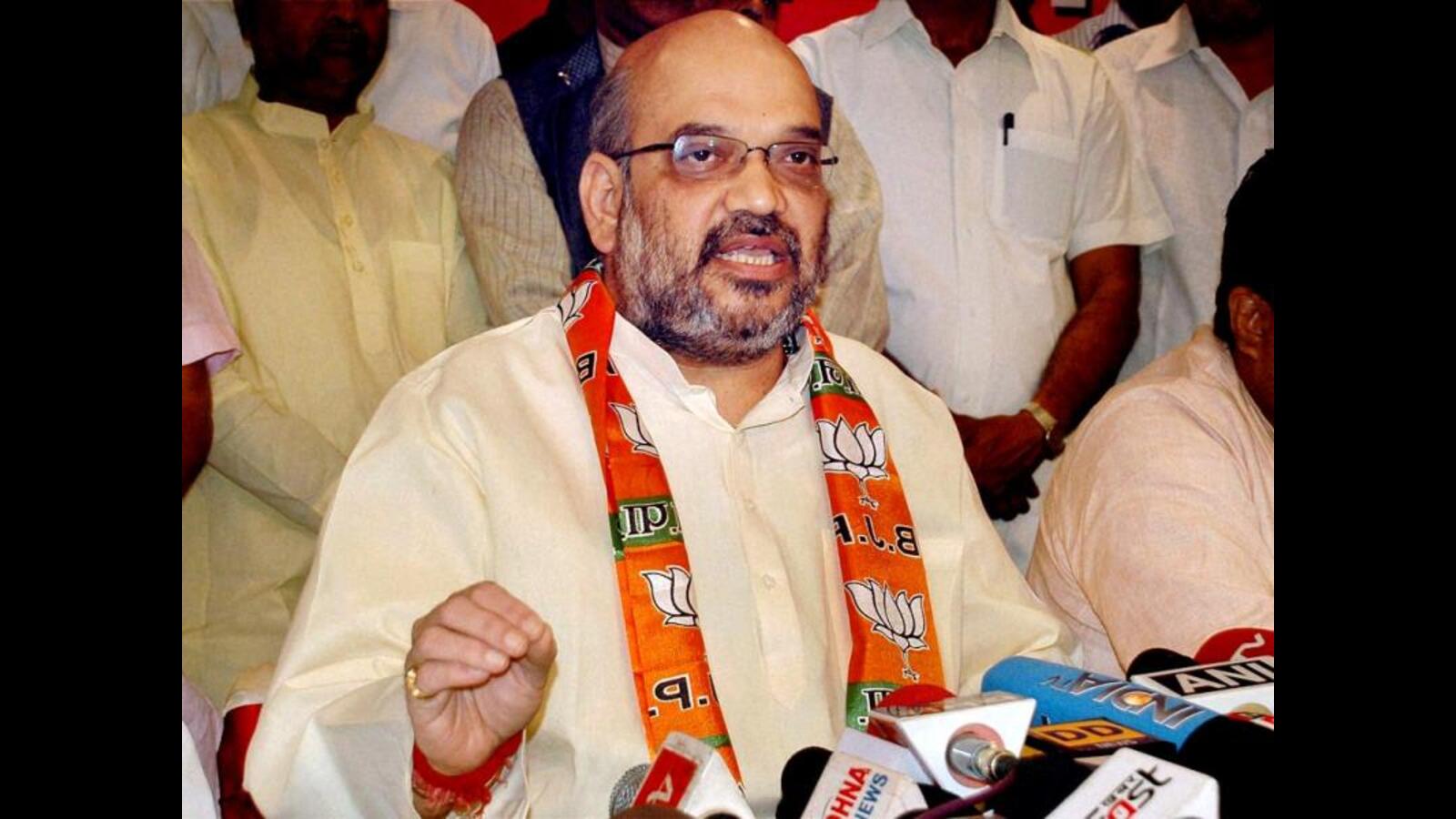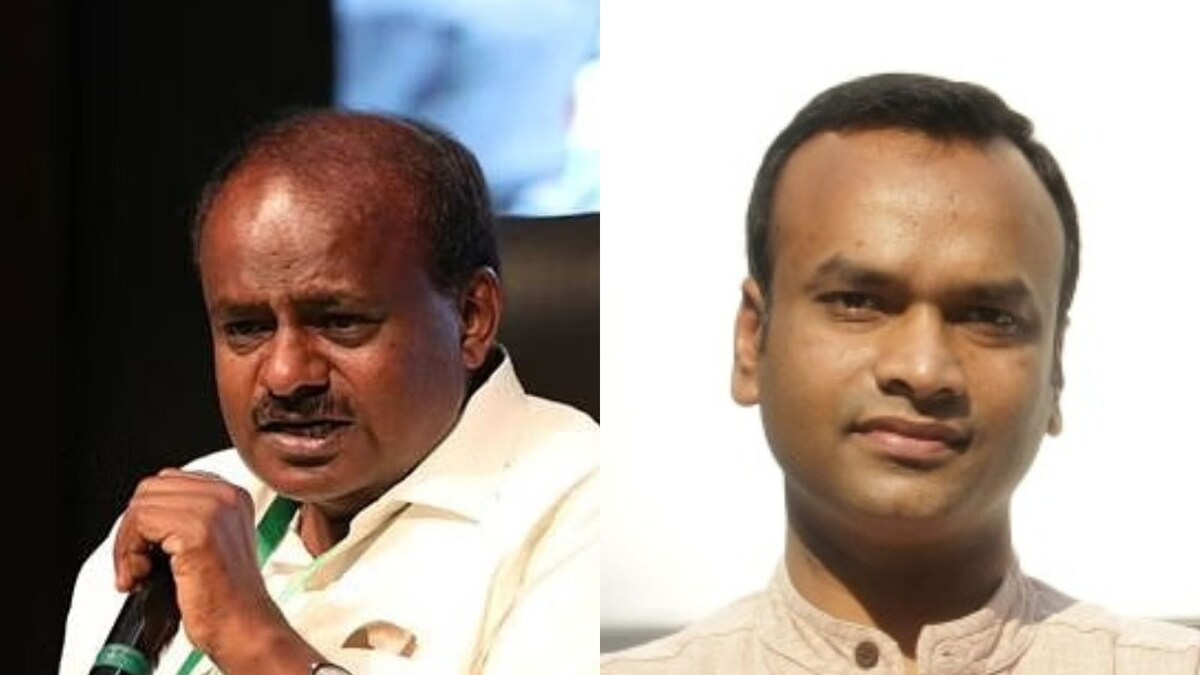Exploring the ‘Idea of India’: A Multilingual Tapestry of Linguistic Diversity
The HinduThere is a raging debate in the country about the ‘idea of India,’ though the phrase is rarely explained by those who use it. It may refer to the many origins of India’s diverse populations and cultures, or may even be used as a synonym for what we think was or is the Indian ‘civilisation’. However, by ‘civilisation’ one implies ‘all that was there, great and not so great’, a pervasively binding cultural thread, and in the case of South Asia, one has to invoke language as being that principle, the, the substance and essence of the idea of India. Linguists no more like to talk of Indian languages in terms of distinct linguistic families; they have moved to describing the vast multitude of Indian languages as ‘a linguistic area’ having a far greater mutual intelligibility between a language and its surrounding languages than in most other parts of the world. While nationalism was spelt out in Europe during the 19th century in terms of linguistic unity, in India, speakers of these hundreds of different languages accepted to belong to a single nation because the Constitution promised them the freedom of expression making it mandatory on the state to encourage languages ‘without harming other languages’.
History of this topic

How three young engineers are giving India's linguistic diversity the AI edge
India Today
‘India is more like a continent…’: Nithin Kamath praises diversity over Europe
Live Mint
Shed the myopia, refocus on the relevance of English
The Hindu
Shah: Hindi has an unbreakable bond with every Indian language
Hindustan Times
‘Gandhiji realised the making of India as a nation did not require erasure of linguistic diversities in the European way’
The Hindu
Disunited we stand
India Today
Why cultural and linguistic diversity in education is important | Explained
India Today
In four decades about 280 languages have disappeared: Dr. G.N. Devy
The Hindu
INDIA, THIS SIDE | Languages not liked by Hindutva ideology suffer existential crisis
The Hindu
INDIA, THIS SIDE | Our endangered tongues: The rising threat to Indian languages
The Hindu
DC Edit | To resolve interstate rows, don’t stoke linguistic fires
Deccan Chronicle
Giving regional languages their due
Hindustan Times
Hindi Diwas 2022: Amid New Row by HDK, News18 Reads into Politics Over World's 3rd Most Spoken Language
News 1875 years of Independence | Misreading the language spectrum
The HinduCentre's aggressive push for Hindi as North-East India's 'link language' threatens to expose ethnic fault lines
The HinduRecognising territorial links to languages essential for Indian federalism
The HinduLinguistic imperialism: BJP pronouncements on promoting Hindi spark outrage
The HinduAudrey Truschke: ‘Attempts to impose Hindi not new’
The Hindu)
Fear of ‘Hindi imperialism’ triggers language war, but Devanagari may script an amicable truce
Firstpost
DC EDIT | India has many languages
Deccan Chronicle)
Ahmedabad: India has many languages, but all of them carry same 'bhav', says Mohan Bhagwat
FirstpostThe myth of ‘Hindi heartland’
The Hindu
Opening up the debate on the idea of India
Live MintIs one language enough?
The HinduDiscover Related



)












)


























